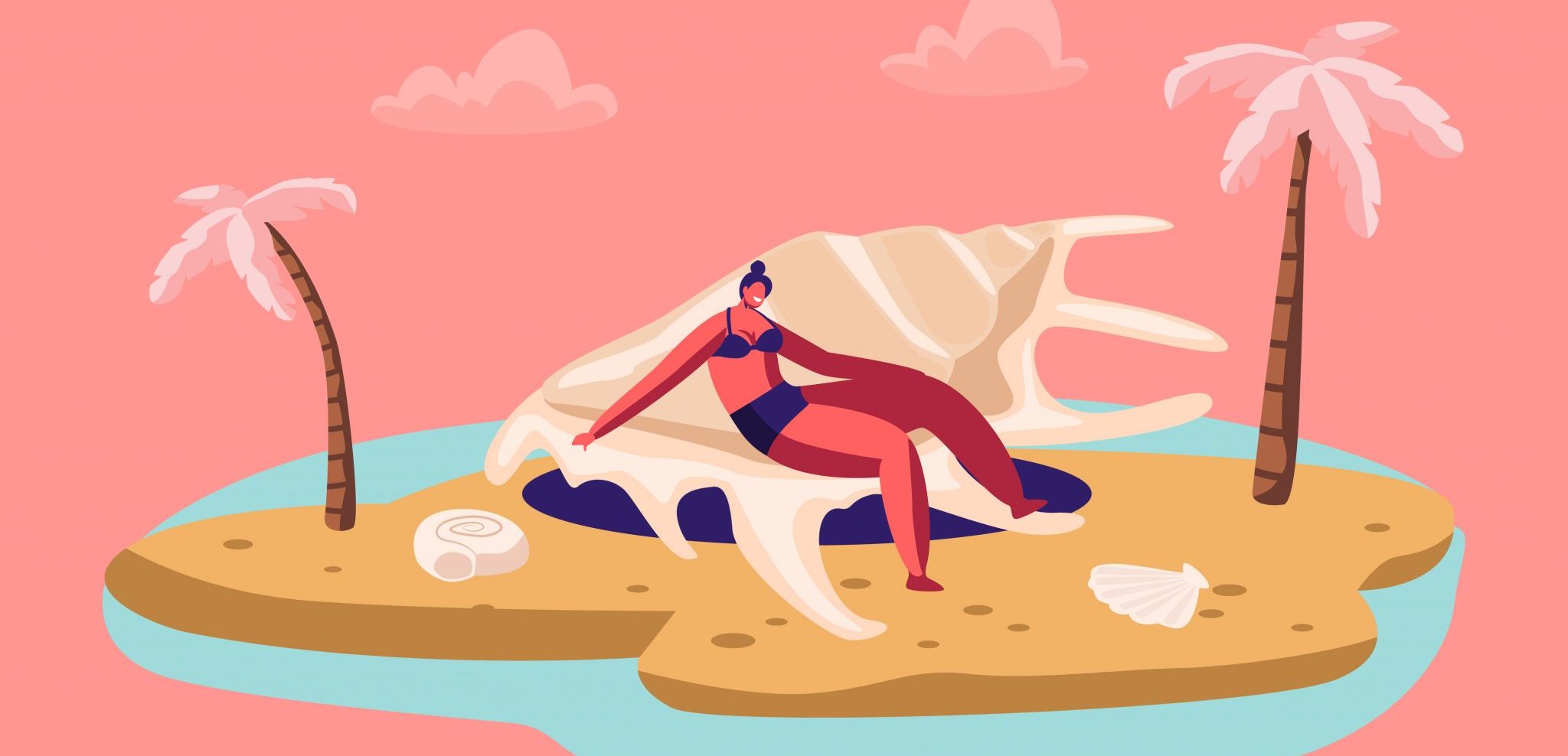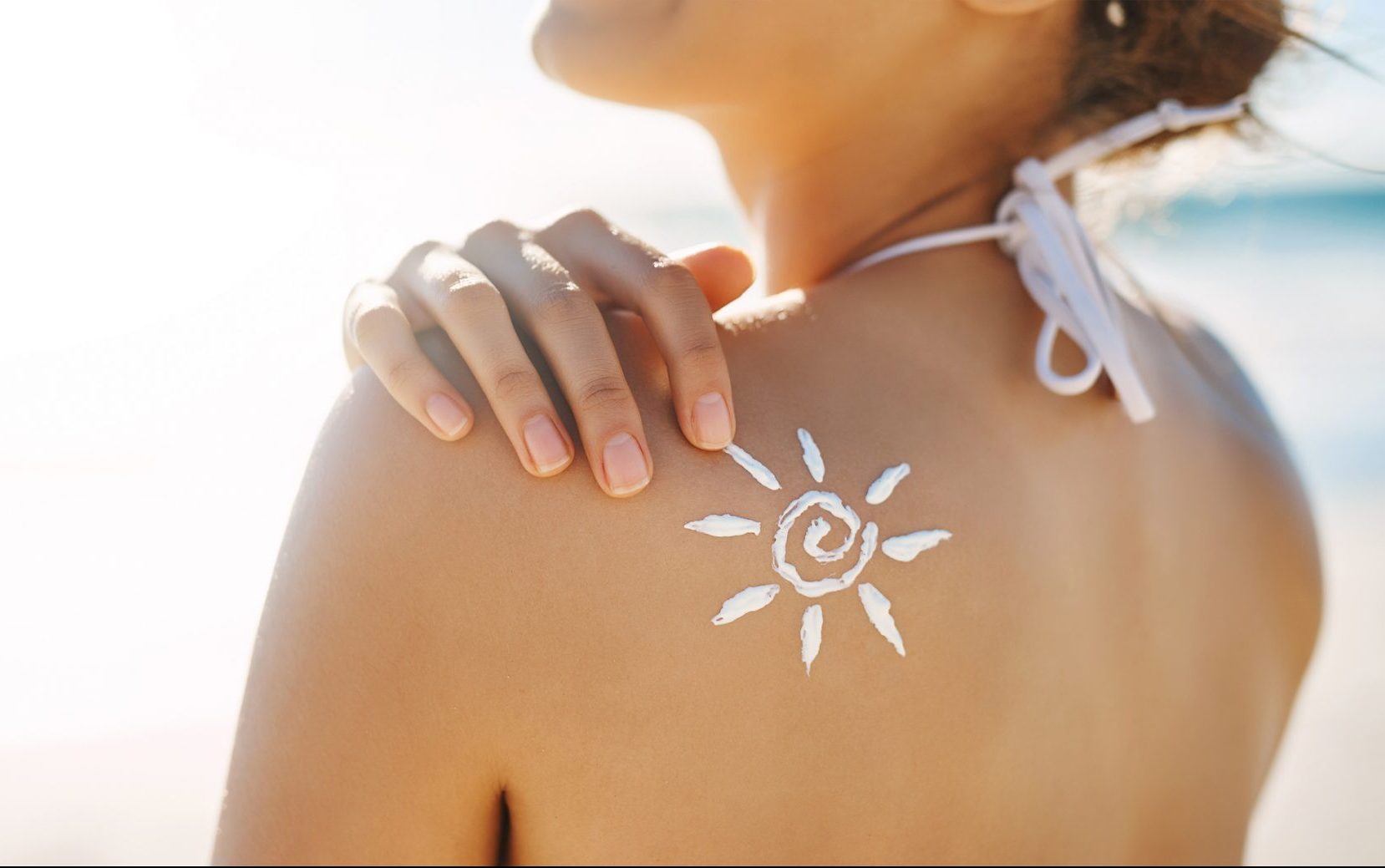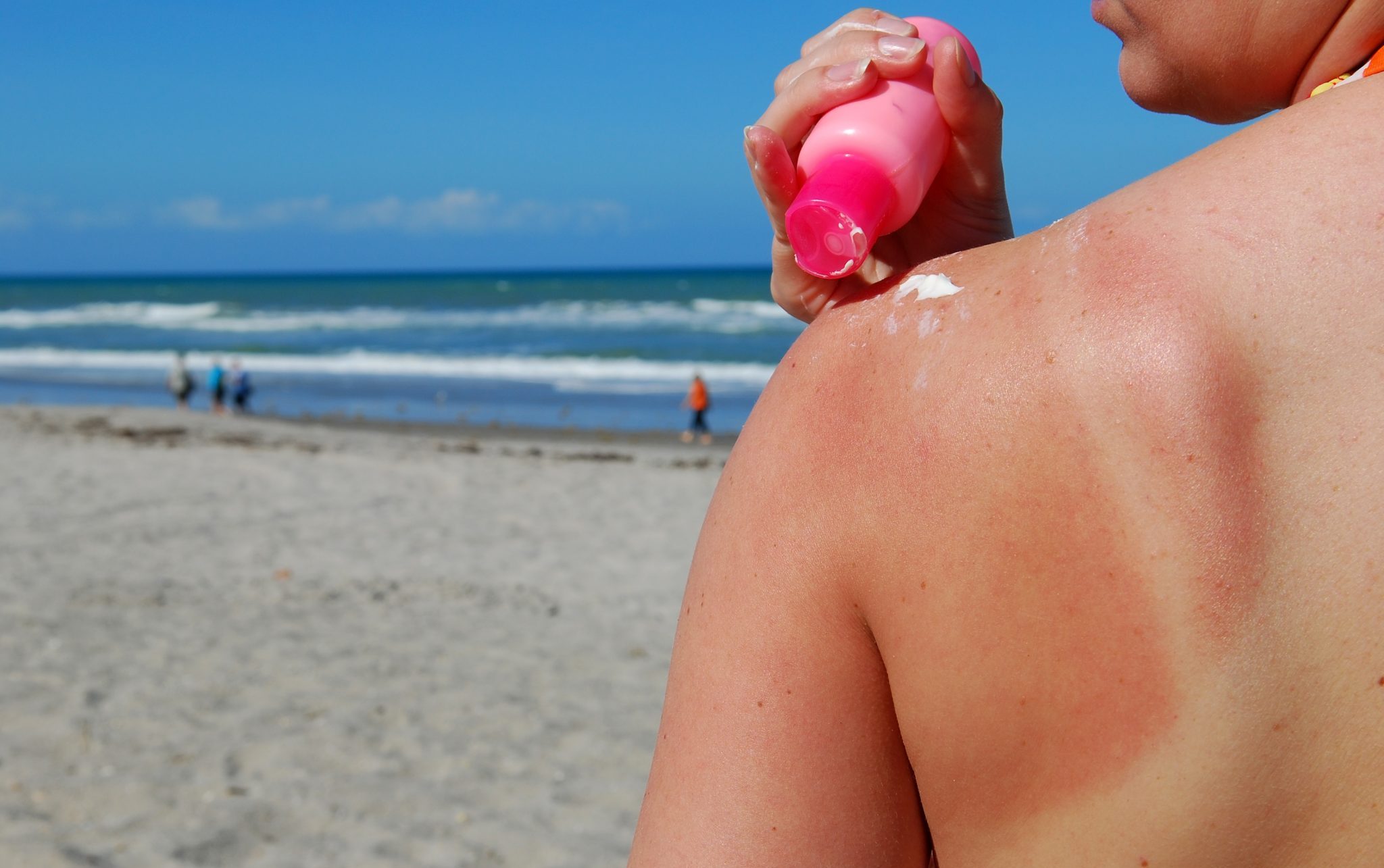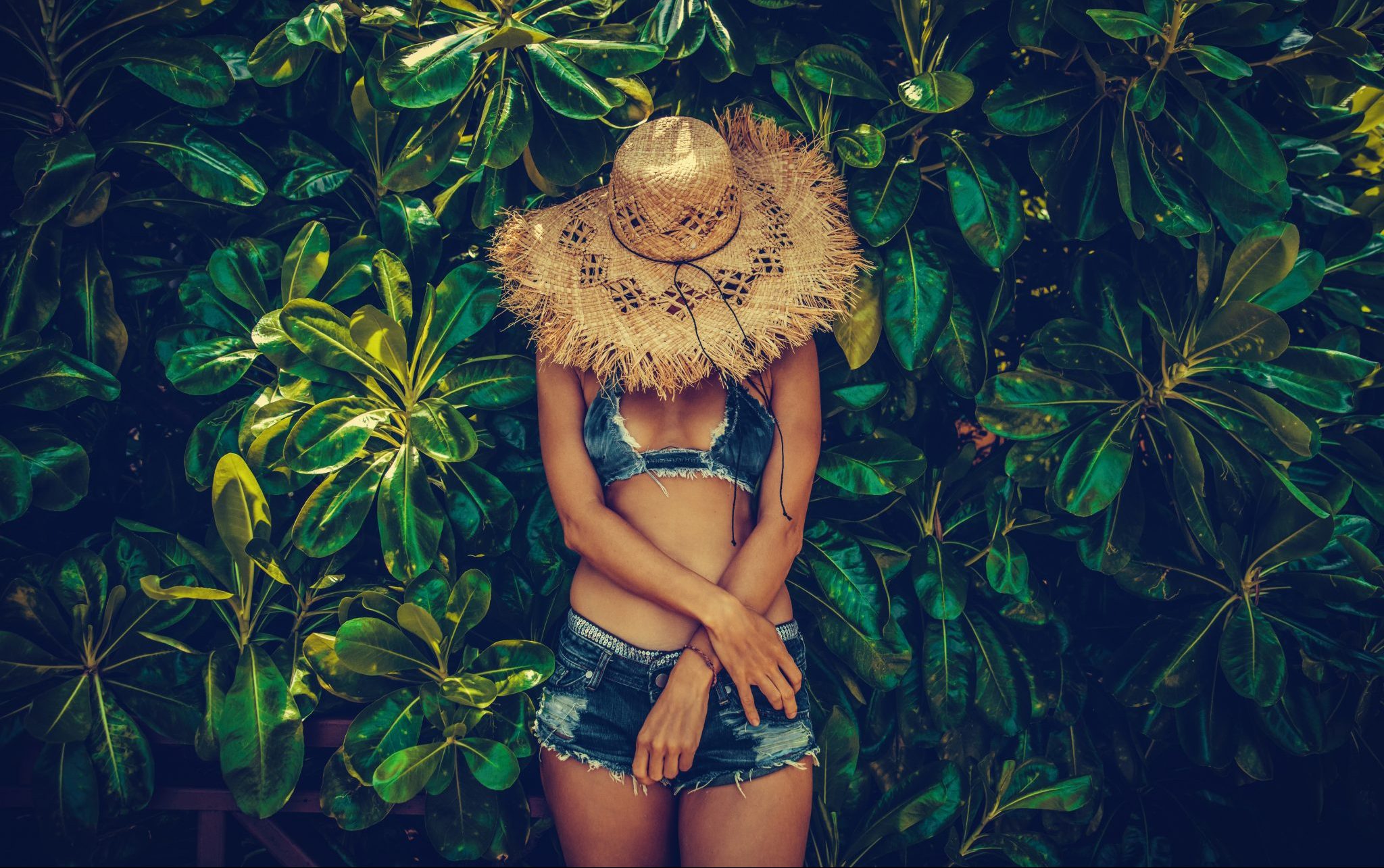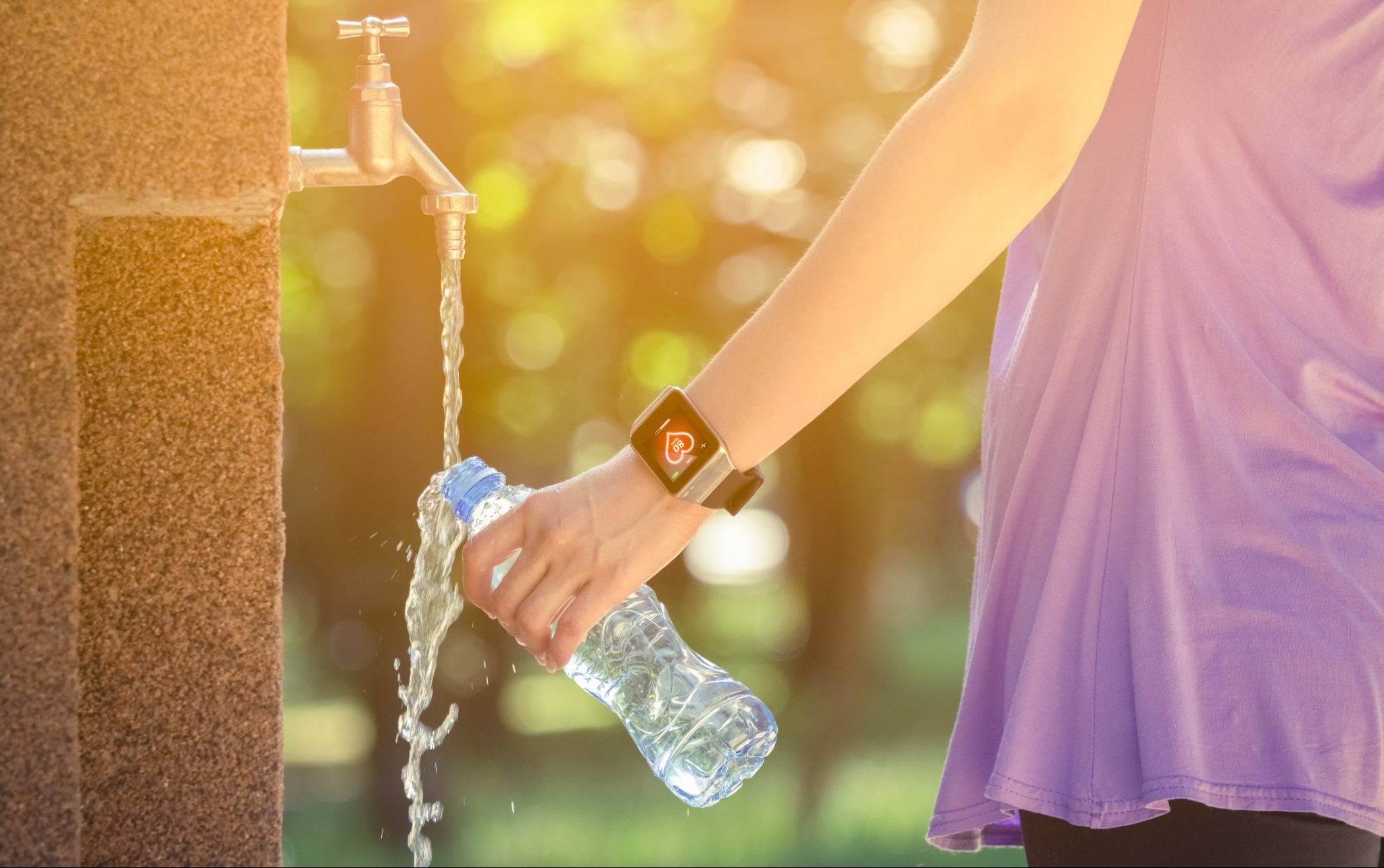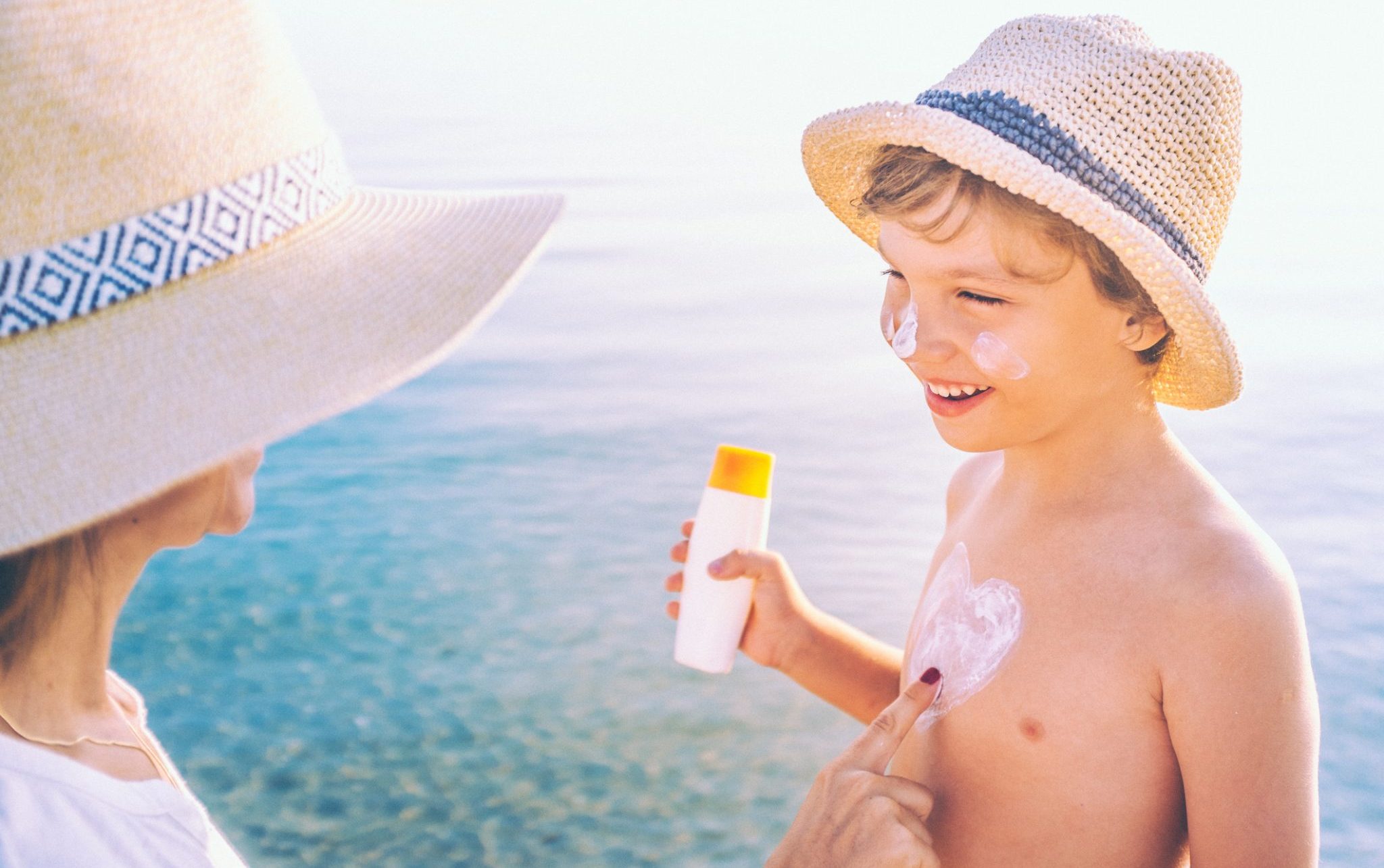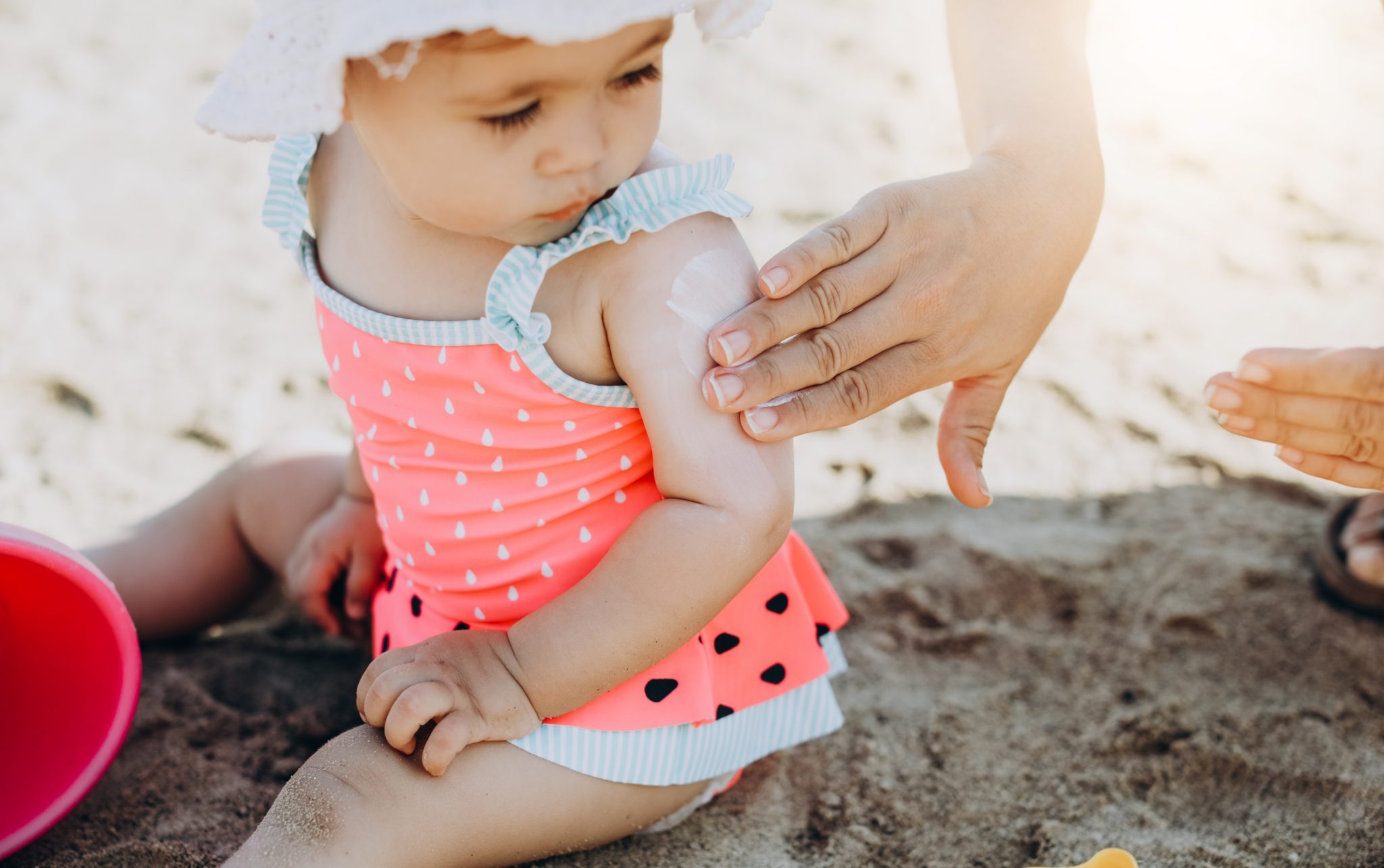Summer sun. We dream of it all year round. Those long days filled with fun and adventure. The good weather where we can simply spend time outdoors and not worry about catching a chill or wrapping up. While a dose of Vitamin D does have incredible benefits, spending too much time under those warming rays can leave you a little worse for wear. Sun poisoning on your skin and body can affect you in so many ways, and it’s more than just a little sunburn.
Just a little sunburn? What is sun poisoning anyway?
A rose by any other name might smell as sweet, but in this case, it will be just as dangerous; you might have heard the condition called by several other names such as sun sickness or even a sun allergy. These refer to different aspects of its symptoms.
Essentially, what causes sun poisoning is when you’ve been out in those rays for too long. For each individual, this timing will vary. Some may be able to manage a few hours calmly, but others may start to suffer almost as soon as it touches their skin, and that’s where the problems begin to occur.
Although one of the first signs is that telltale redness of the skin, don’t wait for it to show up, sun poisoning without a sunburn (initially) isn’t uncommon, and you might notice some of these sun sickness symptoms before any redness appears:
- Swelling – take a look at your ankles, do they seem bigger than usual? This, along with swelling in other places, could be one of the signs.
- Headaches – forgot to wear a hat or, even if you did, you still feel overcooked? Headaches are common after spending too much time in those basking rays.
- Flu-like symptoms – when you’ve just come inside or even the next morning feeling like you’ve been hit by a virus, even though it’s summer. These are the flu-like symptoms after sun exposure that indicate poisoning.
- Dizziness – all that summer frolicking might not be the cause of your dizzy head. If your brain seems to be spinning, it’s time to head indoors.
- Dehydration – feeling parched? Too much time in the sun can use up our hydration supplies, and considering you are approximately 65% water; this is a problem. Check your hydration levels by ensuring your urine is a light-yellow color or pinch the skin on the back of your hand to see if it goes back to normal quickly or slowly. Too slow and you need to up your H2O intake.
- Allergy-like rash – Not quite the sun-kissed look you were going for. Blotchy skin, like an allergy rash, isn’t uncommon after a visit to the great outdoors.
- Sunburn, blistering, tingling, and pain – red alert! If your skin is suffering, this is a sure sign something is not right. While a burn might occur without sun sickness, there is very little difference between sunburn and sun poisoning; in fact, the burn is merely part of the problem. It might start as an itch, tingling, or more, but soon you’ll notice that not-so-healthy red glow and possibly even some blistering.
While all these symptoms are unpleasant and might leave you feeling like you’ve been hit by a bus for a few hours if not a few days, on the question “can you die from sun poisoning?” It depends on how quickly you remedy the condition, if you started experiencing a headache or dehydration outdoors, but didn’t react and continued to bask in the glow without any precautions, this is risky behavior.
The next step from sun poisoning is sun/heat stroke and this is an extremely serious condition that demands medical attention. In this case, in addition to the above symptoms you will experience:
- A raised temperature of 103F (39.4C) +
- Sweating and hot skin
- An increase in your heart rate
- Loss of consciousness or fainting
If any of these are happening, please contact a medical facility immediately.
However, that said, providing you took action early enough, what you should be worried about is the long-term damage you are risking for your skin. Spending too many hours outside puts you in danger with just one occurrence of sunburn in two years, increasing your risk of skin cancer.
Is it a sun allergy?
Telling the difference between a sun allergy and poisoning can be tricky, many of the symptoms are the same, and the treatment method is similar; in fact, you might even say it is the same thing. However, if you have a true sun allergy and haven't spent too much time in those rays, you may notice the symptoms – redness, rash, itchiness – a lot earlier than expected.
If this is your case, your doctor may be able to advise further treatment, tailored to your symptoms, such as an antihistamine medication, painkillers, etc. But, in any case, best start today and stay out of the sun as much as possible.
How to treat sun sickness
While prevention is ultimately much better than a cure (but more on that below); there’s no use crying over what’s already done. So, if you’ve been worshipping the sun gods for a little too long, here’s what you need to do when you have sun poisoning:
1. Get out of the sun
If you can’t stick the heat time to get out of the kitchen, as the old saying goes, or this time, into the shade. As soon as you feel even a little niggle that something is amiss, the best thing you can do is head for a cooler area away from those rays.
2. Head for a cool shower
Even after that heat, a cold shower never sounds appealing, but it might just be the best thing you can do right now. Turn the tap from hot to gently cool and step into the water. This will soothe your burns and work on rehydrating your skin before more damage can occur.
3. Keep hydrated
That outdoors time has probably left you mighty thirsty, this is a sign from your body that you need to drink more. Focus on upping your water intake slightly or even adding water-based foods to your diet, such as cucumber, lettuce, or cabbage. Need inspiration? Check out this article.
4. Use Aloe Vera
Whether direct from its plant source or as part of a cream or gel, Aloe Vera is a natural (and useful) remedy for burns and bruises. Its antioxidant and antibacterial properties help your skin to soothe and heal more quickly, and you’ll experience less pain from the burn itself.
5. Don’t repeat anytime soon
The redness and burning sensation should be warning enough, but just in case you haven’t taken note, or the draw of those glossy, sun-filled streets is too much; this is our reminder that heading out in the sun again too soon will bring you nothing but woe. Give your skin and body time to heal, first and foremost and then follow the tips below.
In general, these tips for treating the condition should do the trick; however, if you notice your symptoms are severe – dehydration, delirium, feeling terribly unwell – get in contact with your doctor ASAP.
Tips for avoiding sun poisoning
There’s no need to reinvent the wheel when it comes to skin safety, which is why we’ve compiled some of our best-gathered tips to share with you.
Get a light hat
We know hat hair can be frustrating, combine that with sweat, and it’s almost a hair disaster. This is why it’s vital you find a light, yet protective, hat that meets your sun-blocking needs. A hat heads protect your head from direct rays and with a wide-enough brim that you can prevent some sun damage too. But, of course, there’s no need to discount those stylistic advantages.
Use sun cream
Minimum SPF 30! We know it’s tempting to go for that tanned glow, but it’s not worth it. Protect your skin with “broad spectrum” SPF 30 and up sunscreen that boosts your armor against both UVA and UVB rays.
Avoid sunbathing
Lying outdoors and reading a book might be your idea of heaven, but too many hours in the heat could leave you with a skin nightmare. Avoid clocking up too much time directly below those rays.
Hide creatively and with style
That parasol couldn’t be more in fashion, and if you love the great outdoors, there’s no reason you can’t enjoy the fresh air from the shade of a summertime umbrella or canvas.
Watch the time
Try to stay out of the sun during its peak hours. According to the World Health Organization (WHO), the sun is at its strongest between 9.00 am and 3.00 pm, and during this time, you should be additionally careful with your protection.

